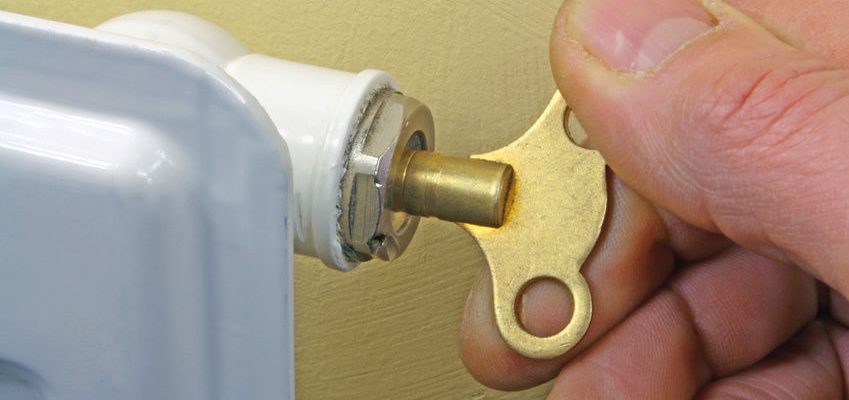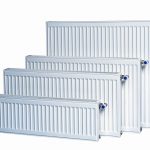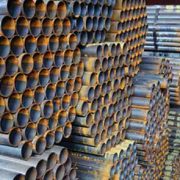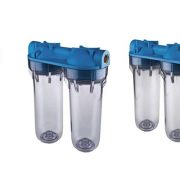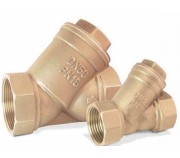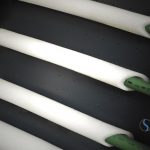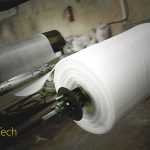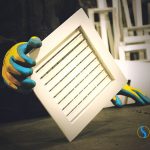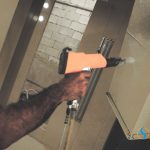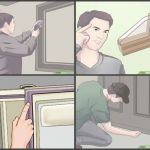WHY IS IT CRUCIAL TO BLEED THE RADIATORS
Over time, radiators have cool air trapped inside them. A small of amount of air gets into the heating system every time the boiler pumps a flush of fresh water into the radiators. The air becomes trapped in the upper portions of the radiator obstucting the uniform circulation of hot water thus reducing the efficiency of the radiator.
How to figure out if a radiator needs bleeding?
Turn on the heating system and wait until the radiators heat up. If there is cool air trapped inside them then the top of the radiators will feel cold while the bottom feels warm. The portions that feel cold to the touch are air-bound

Step by Step Guide to Bleeding a Radiator.
Ensure that the central heating is switched off and the radiators are completely cold. If your heating system is active, it can introduce more air into the system. To avoid that, turn off the system and feel all over the radiators for heat. If any part is hot, wait for it to cool completely before preceeding to the next step.
Open the radiator’s valve with the radiator key turning it counter-clockwise. If there is no radiator key within touch, use a screwdriver or another tool. Opening the bleed valve allows trapped air to escape which is replaced with linquid sputtering from the valve. Hold a towel or a small bowl under the bleed screw to catch any drips. Repeat the process on all the radiators that are air-bound.
After releasing excess air from the radiators and tightening the bleed valves, it is necessary to top off the boiler with water to restore the pressure level of the overall heating system. It is important to bleed the radiators on a regular basis to increase energy efficiency and make the best of the energy costs. Bleeding radiators is a simple process which you can complete on your own by following the tips given above.




